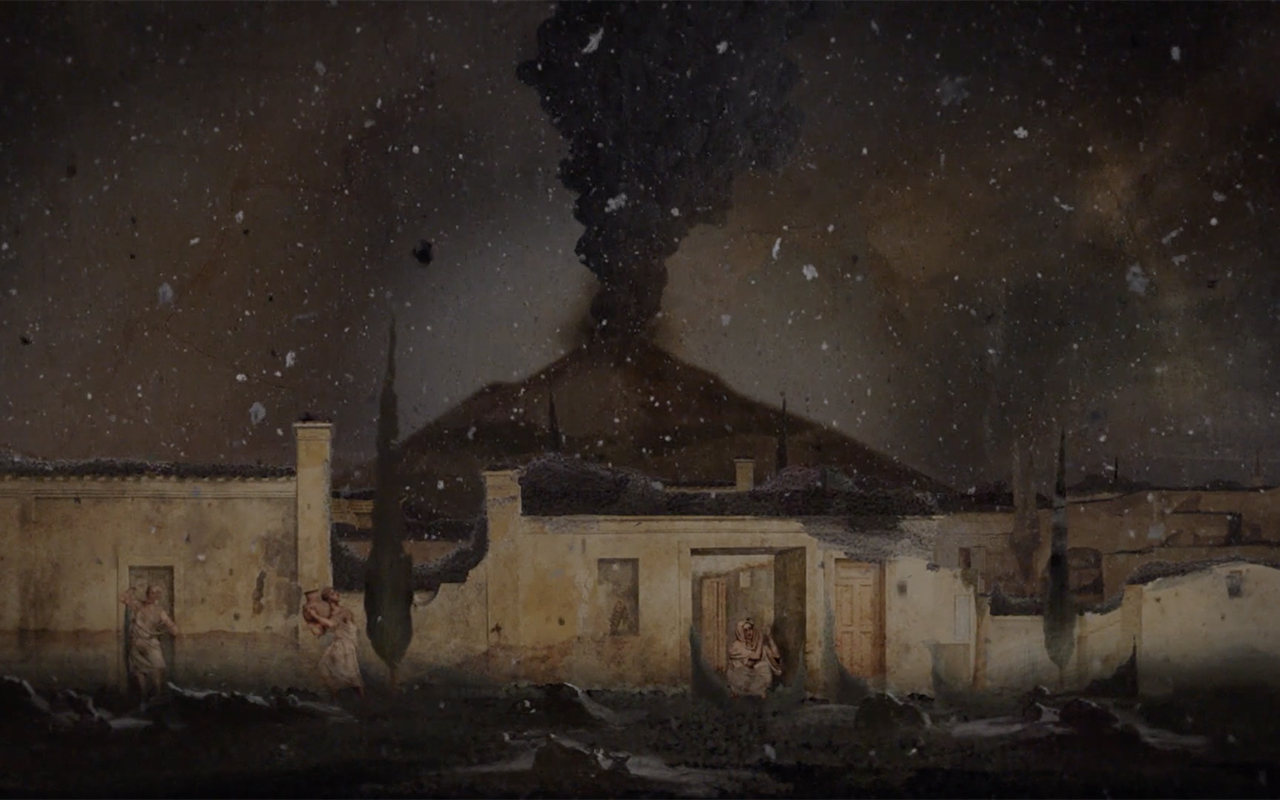
[ad_1]
This week, a compelling three-part limited series, Pompeii: The New Dig, premiered on PBS. Originally shot for the BBC, the docuseries follows a group of archaeologists, anthropologists, and volcanologists currently involved in the largest excavation at Pompeii in a generation. Cameras follow these experts as they uncover human remains, brush off new frescoes, hollow out ancient ovens, and work to piece together the vestiges of a town preserved in ashen amber from over 1,900 years ago.
Pompeii’s “new dig” is located within Region IX, Insula 10. This was a wealthy quarter of the city, with archaeologists focusing on a 3,000-square-meter area the size of a modern-day city block. In the opening of the first episode, viewers are told a stunning fact about the famous site: a full one-third of the 66-hectare city (about 163 acres) has yet to be uncovered.
Although excavations at Pompeii stretch back to 1748, work has not been constant. Excavation is an extremely difficult and expensive undertaking, not only because of the need for careful extraction, but also because every tiny piece of pottery or knucklebone has to be cataloged, preserved, and conserved thereafter.
In Pompeii: The New Dig, we are first introduced to physical anthropologist Valeria Amoretti, who narrates as she brushes off the rib cages and crushed bones of two likely enslaved women who died instantly from a collapsed ceiling in a bakery during the massive eruption of Mount Vesuvius in 79 CE.
Although many of the discoveries in the first episode of the series are already known to the public, seeing footage of their initial unearthing and listening to on-site experts discuss the context of the finds is fascinating. From the ancient construction tools announced just months ago to the “pizza” fresco discovered last summer, seeing these finds come to light during the course of careful excavation is engaging and does a better job of showing the relationship between the finds than solitary press releases announcing individual artworks or major discoveries do.
The first episode also unpacks how bioarchaeologists and physical anthropologists who are concerned with human biology and evolution work to reconstruct the mystery of the lives and deaths of ancient peoples found at Pompeii. The new excavations provide an important glimpse into the lives of enslaved people in particular. By reconstructing the ancient bakery where enslaved workers were imprisoned alongside donkeys and forced to make bread, those watching at home can begin to understand the calculated brutality of Roman slavery in ways that Latin literature only rarely reveals. It is easy to skim a news article or to wonder at the beauty of new depictions of Apollo or Helen of Troy, but the medium of film has an unmistakable ability to connect viewers to the past.
Watching as Amoretti discovers the bones of a small child next to the two other bodies in the collapsed room is yet another moving reminder of the lives lost when Vesuvius erupted. Scholars like geologist Christopher Jackson and Gabriel Zuchtriegel, the current director general of the Archaeological Park of Pompeii, also make appearances in the show.
In the coming episode, archaeologists will begin to ask themselves not only about those who died, but also about those who were able to escape and survive Vesuvius’s destruction. I’ll be tuning in.
Related
[ad_2]